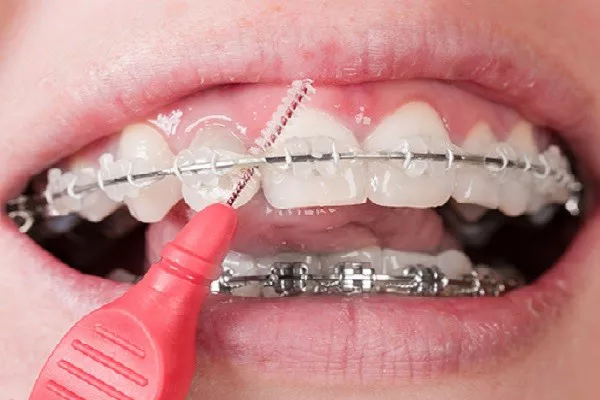Periodontitis is a common dental condition that affects a significant portion of the population. It is a type of gum disease that can lead to tooth loss and other serious oral health issues if left untreated. In this article, we will explore the prevalence of periodontitis using data examples to provide a clearer understanding of how common this condition is.
Prevalence of Periodontitis
According to the Centers for Disease Control and Prevention (CDC), approximately 47.2% of adults in the United States over the age of 30 have some form of periodontitis. This means that nearly half of all adults in the United States have some degree of gum disease.
When looking at the prevalence of periodontitis by age group, the data shows that the percentage of individuals with gum disease increases with age. For example, approximately 70.1% of adults over the age of 65 have periodontitis, compared to 56.4% of adults between the ages of 45 and 64.
Additionally, the prevalence of periodontitis is higher among certain demographics. For example, the CDC reports that men are more likely to have gum disease than women. In 2019, approximately 52.3% of men in the United States had periodontitis, compared to 41.2% of women.
Another factor that can contribute to the prevalence of periodontitis is socioeconomic status. Data from the National Health and Nutrition Examination Survey (NHANES) shows that individuals with lower incomes and less education are more likely to have gum disease than those with higher incomes and more education.
Effects of Periodontitis
Periodontitis can have serious consequences for oral health, as well as overall health. When left untreated, gum disease can lead to tooth loss, bone loss in the jaw, and other oral health issues. In addition, research has shown a link between periodontitis and other health problems, such as heart disease, diabetes, and stroke.
Prevention and Treatment of Periodontitis
The good news is that periodontitis is largely preventable with good oral hygiene habits, such as brushing twice a day, flossing daily, and regular dental check-ups. In cases where gum disease has already developed, treatment options may include deep cleaning procedures, medication, and in severe cases, surgery.
Conclusion
Periodontitis is a common dental condition that affects a significant portion of the population, particularly older adults, men, and those with lower socioeconomic status. It is important to take steps to prevent gum disease through good oral hygiene habits, and to seek treatment if you suspect you may have periodontitis. With proper care, gum disease can be effectively treated, and its potential long-term effects on oral and overall health can be minimized.





























